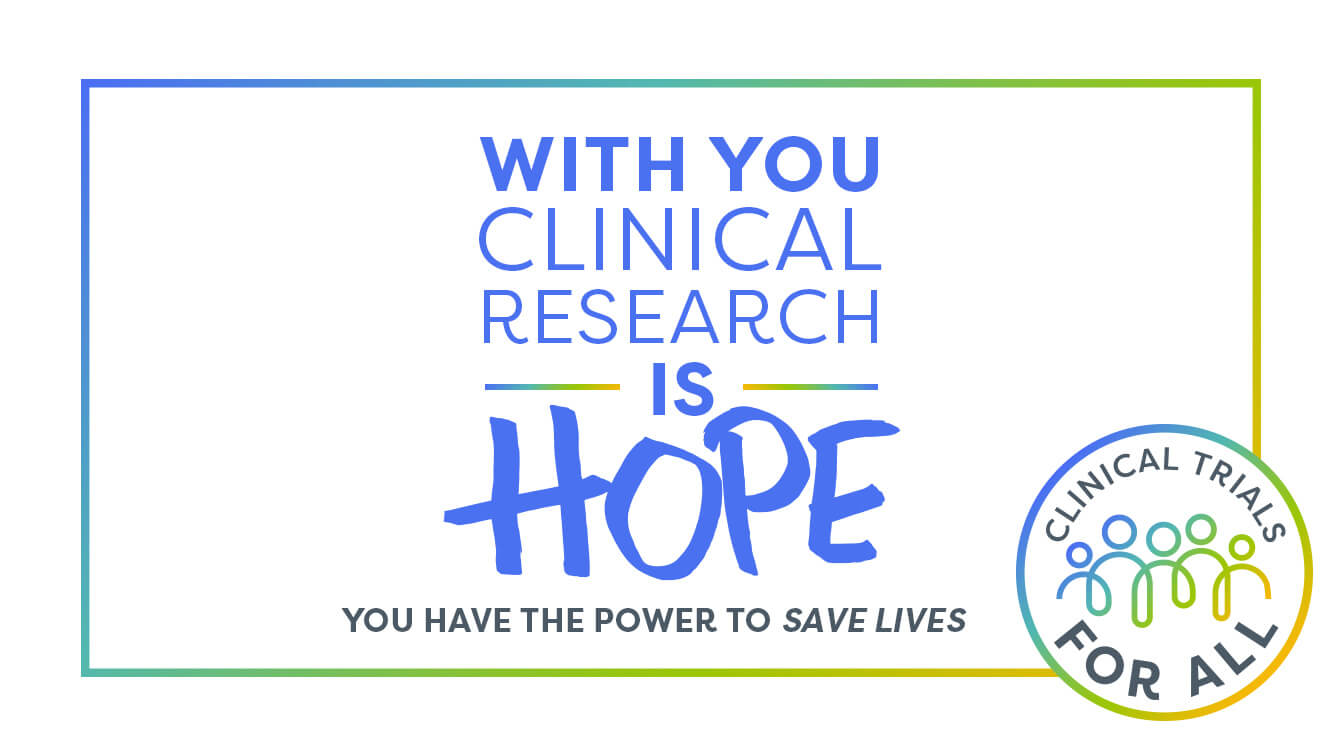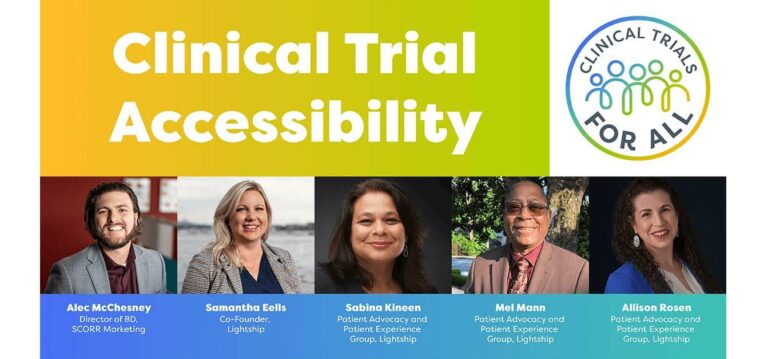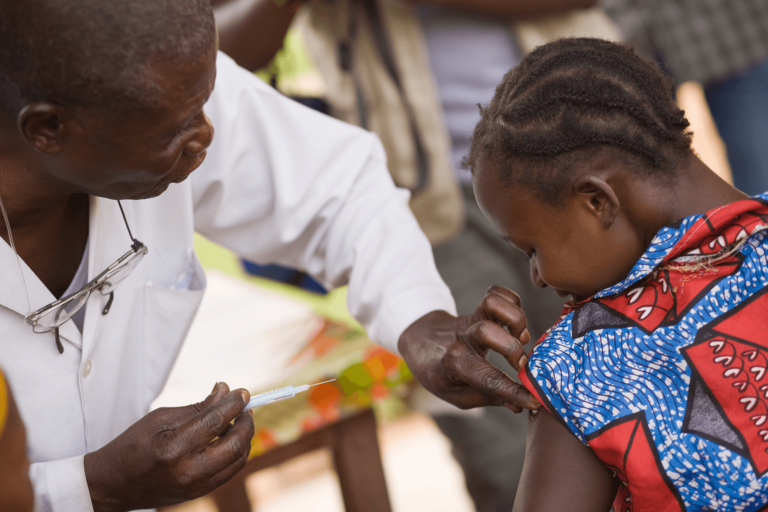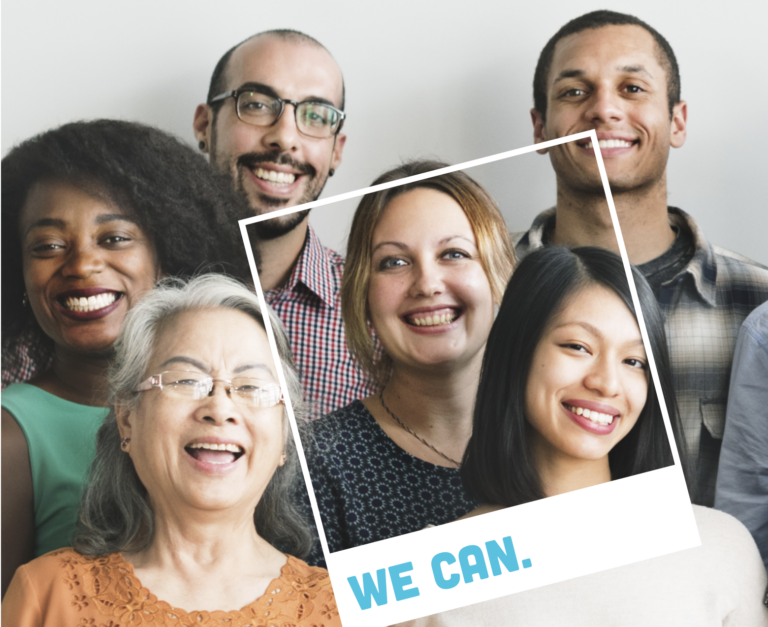Survey Results: 4 Insights to Support Patient Advocacy in Health Care
Fact: if we want to increase research participation, we need more patient-centric clinical trials.
Fact: One of the best ways to boost patient centricity in research is to get the patient’s perspective.
“Designing and executing patient-centric clinical trials involves considering the patient’s perspective at every part of the study,” our Contributing Partner Antidote wrote in their blog. “By understanding what matters most to patients and addressing those concerns directly, sponsors and participants can have a better research experience.” It makes sense. If you want to know someone’s thoughts on a subject, just ask them! This led us to ask ourselves an important question: If we want to empower patients to participate in clinical research, shouldn’t we get their opinion on how we could do that?
That’s exactly what we did.
Patient Survey Results
Working in conjunction with our Platinum Partner Virtue Research, we completed online and Zoom surveys of 160 patients to gather feedback on our patient-focused messaging and visuals. The respondent pool included a mix of ethnicities, genders, and age ranges. Of the 150 online surveys, most respondents were between the ages of 35-65+, slightly more than half self-categorized as Caucasian or White, almost one-third self-categorized as Black or African American, and 59% self-categorized as female versus 41% male. The 10 Zoom respondents were slightly younger and more ethnically diverse than the online respondents.
We presented two concepts, both of which scored favorably with patients. Then, in a head-to-head comparison of the two concepts, patient input indicated a clear favorite:

Of the chosen concept:
- 100% of respondents said the messaging resonated with them.
- Respondents rated the messaging’s effectiveness in motivating people to participate in research 4.5 out of 5.0.
- Respondents rated the visuals’ effectiveness in motivating people to participate in research 4.3 out of 5.0.
The patient surveys didn’t just help us choose the most effective concepts. They also provided us with invaluable insights that will optimize our ongoing messaging so we can educate, engage, and empower as many people as possible.
Here are the top four takeaways.
1) Altruism Is a Powerful Thing
Part of empowering people to participate in clinical research is educating them on the benefits of doing so. In our messaging and visual concepts, we highlighted several benefits including accessing novel treatments for free, without going through insurance. But the benefit that resonated most with respondents was the chance to help others.
Just a few of the many comments on this topic:
“Helping find cures for future generations. My father died of dementia rather quickly and doctors were at a loss to help him other than tranquilize him. Now my mother is showing signs of dementia. I understand that a cure probably won’t be found in time to benefit my mother, but future generations could benefit.”
“By participating in a clinical trial, the thought of being able to give back to both your community and society at large looms large in my mind.”
It’s easy to assume the worst of humanity, to assume everyone is only out for themselves. But these inspiring responses indicate that altruism is a big motivator when it comes to clinical trials. If we want to empower people to participate, we need to highlight the incredible benefits research offers for their families, communities, and loved ones yet to come.
2) Safety First
Those ingrained in the research process are well-versed in the pre-clinical testing, oversight, processes, and institutions all dedicated to making clinical trials safe. But the public isn’t. In fact, many respondent comments highlighted that safety concern is a large barrier to participation:
“I’m not interested in being a guinea pig on most clinical trials.”
“Because a lot of people think [clinical research] is dangerous. Many people think that.”
“The safety element is a big thing that might stop people from participating. They vary a lot. Some will be riskier than others.”
Educating people about clinical research means going back to basics, to simple explanations of the ins and outs of trials and their built-in safety measures. After all, would you want to participate in something you perceive to be dangerous or harmful?
3) Diversity: More Than Just a Trend
Diversity is the buzziest of buzzwords in every industry, but perhaps the most in clinical research. Though we do need to make trial participation more equitable and inclusive, the trendiness of diversity can make it feel like an amorphous concept, uprooted from reality and disconnected from the people it seeks to serve.
But it’s not. As highlighted by our survey, people really do care about diversity, especially in clinical research. In fact, diversity was a big reason why respondents preferred one concept over the other, with 95% saying the chosen concept had memorable elements of diversity and community.
“Families, older people, and children. Different races. The pictures are better. You have the power. I like this. All races.”
“I like everything about it. That’s all ages, all colors. Male/ female/children. No separation.”
“I do because it’s not pertaining to just one person. There is more diversity. Anything can happen to any one of us. I like it.”
“The diversity of the image makes it memorable for me. I can see my face on the image. I also can visualize friends and family in the image.”
The survey results have driven home the importance of equity and inclusion in our mission. It’s right there in the name: Clinical Trials For ALL.
4) The Best Social Platform to Reach People Is…
Though younger generations might balk at the idea of using any platform other than TikTok, Facebook was the clear winner in our survey. A majority of respondents, 65%, prefer receiving information via Facebook, with Instagram far behind at 16%, LinkedIn even further at 13%, and Twitter pulling up the rear with 6%. These preferences held true when responses were divided by demographic. Every ethnicity, gender, and age group prefers Facebook.
Based on these results, the best way to engage as many people as possible is to optimize social posts for Facebook.
Let’s Increase Clinical Trial Awareness!
These valuable patient insights helped us optimize the Clinical Trials For All messaging and, going forward, will ensure the important information we offer is clear and accessible for everyone.
Want to join our cause? Download our ready-to-go assets to share on your own social channels or become a Partner and together, we will educate, engage, and empower the public to make patient participation in clinical trials more diverse, equitable, and widespread.





